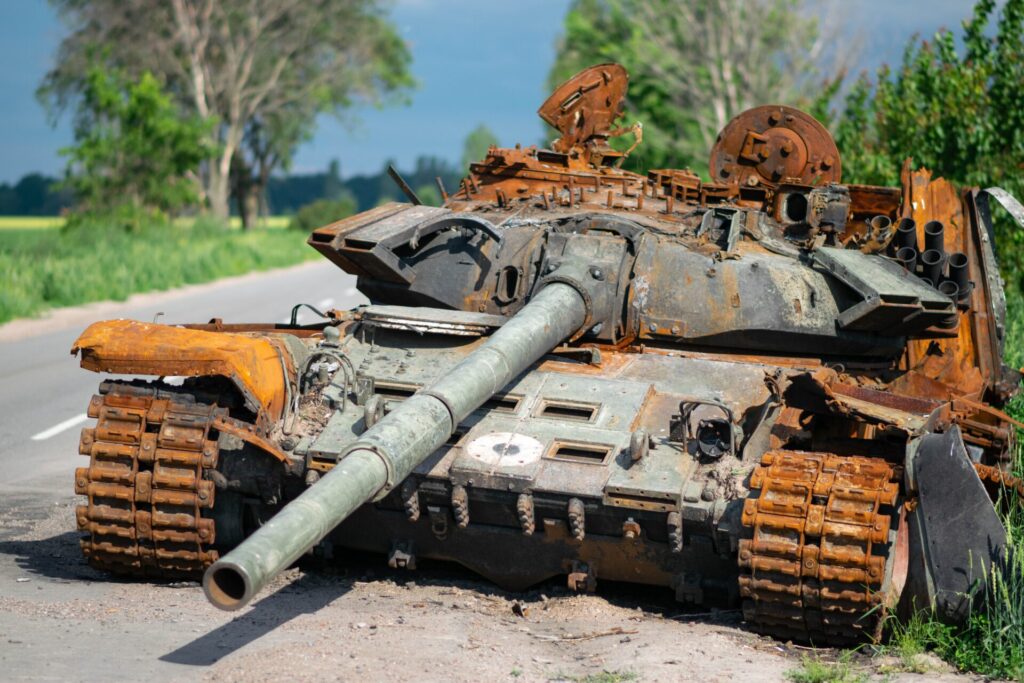
The Russian-Ukrainian conflict surprised not only geopolitics but also the digital economies of both countries, forcing the cryptocurrency market to adapt in the face of chaos. We are observing how the war is transforming the way Russia and Ukraine interact with blockchain technology and cryptocurrencies, raising questions about the future of digital financing in the region.
Russia’s aggression towards Ukraine caused an earthquake on the international stage, but it also had a profound and far-reaching impact on the cryptocurrency sector in both countries. These struggles have left their mark not only on strategic maps but also on digital charts of cryptocurrency transactions. Particularly noteworthy is the fact that both of these nations experienced the largest decline in cryptocurrency usage throughout Eastern Europe.
Starting with Russia, this country has seen a dramatic drop in the volume of cryptocurrency transactions. Recent data show that the use of international cryptocurrency exchanges by Russians has halved. This may be the result of harsh economic sanctions imposed on Russia in response to its military actions, which also affected the cryptocurrency sector. The European Union has introduced a complete ban on providing cryptocurrency services to Russian residents and entities, forcing many foreign platforms to suspend their services in Russia. Recently, Binance, the world’s largest cryptocurrency exchange, sold its Russian operation and withdrew from the country. This move was likely a reaction to allegations that Binance violated sanctions by allowing Russian users access to the exchange.
Meanwhile, Ukraine presents a slightly different narrative. Although the war undoubtedly harmed the country’s economy, there has been an interesting increase in cryptocurrency activities. Despite huge economic losses and mass emigration of Ukrainians to other parts of Europe, the number of cryptocurrency transactions in the country continues to grow. This means that retail usage remains strong, even if the overall transaction volume has dropped. Moreover, cryptocurrencies have played a key role in financing war efforts, with cryptocurrency donations made to support the actions of the Ukrainian government.
Furthermore, the Ukrainian cryptocurrency exchange, Kuna, moved to Europe in the period following the war, indicating a desire to continue operations despite difficulties. This change of location may also have far-reaching consequences for how Ukrainians use cryptocurrencies, exposing them to more advanced European markets.
In the face of these challenges and changes, it remains to be seen how new behaviors will affect the adoption of cryptocurrencies in Russia and Ukraine after the end of the conflict. One thing is certain: the war tested the resilience and endurance of the cryptocurrency sector in a way that no one had previously anticipated, highlighting both its limitations and potential.
Photo by Dmitry Bukhantsov on Unsplash
